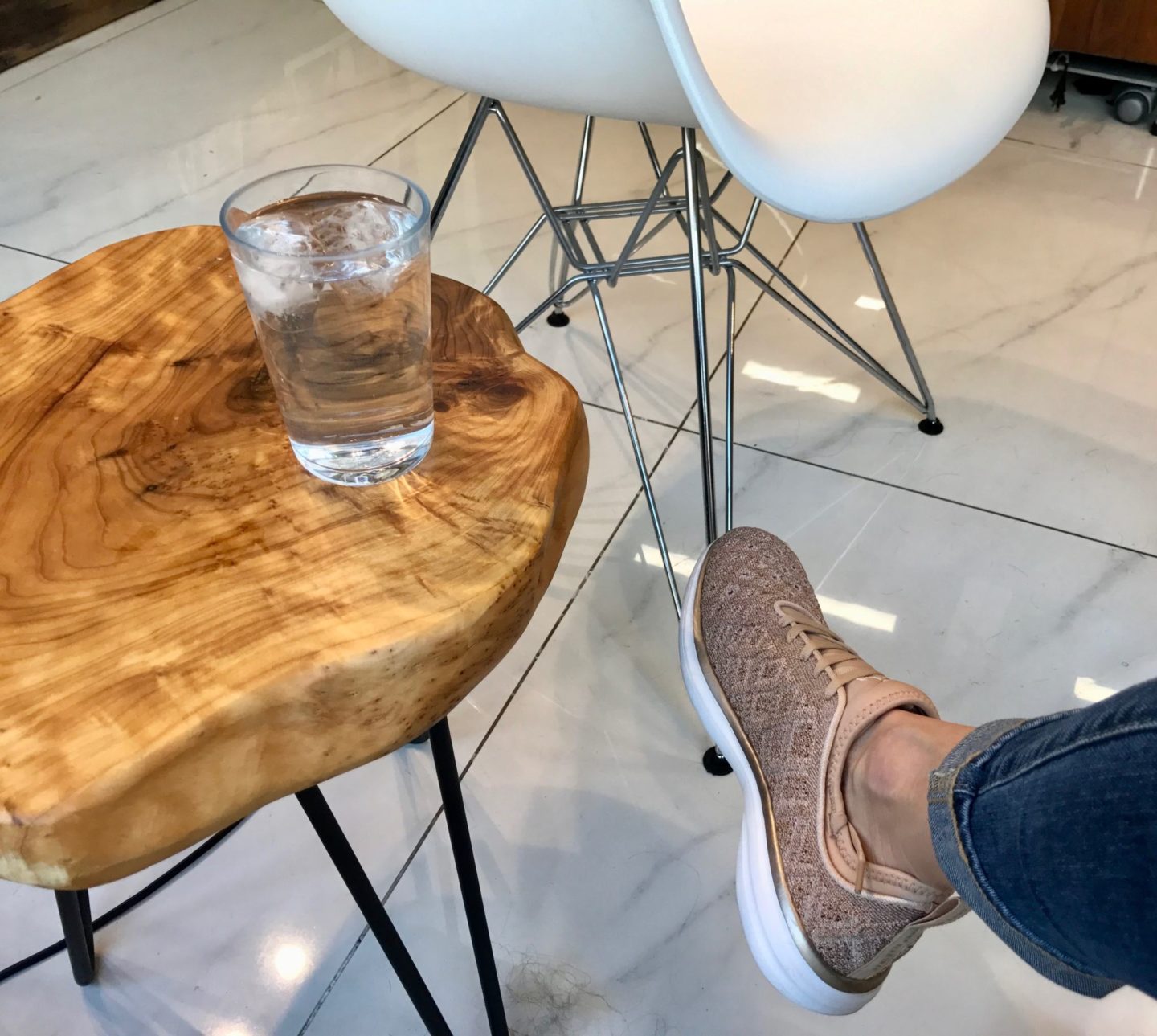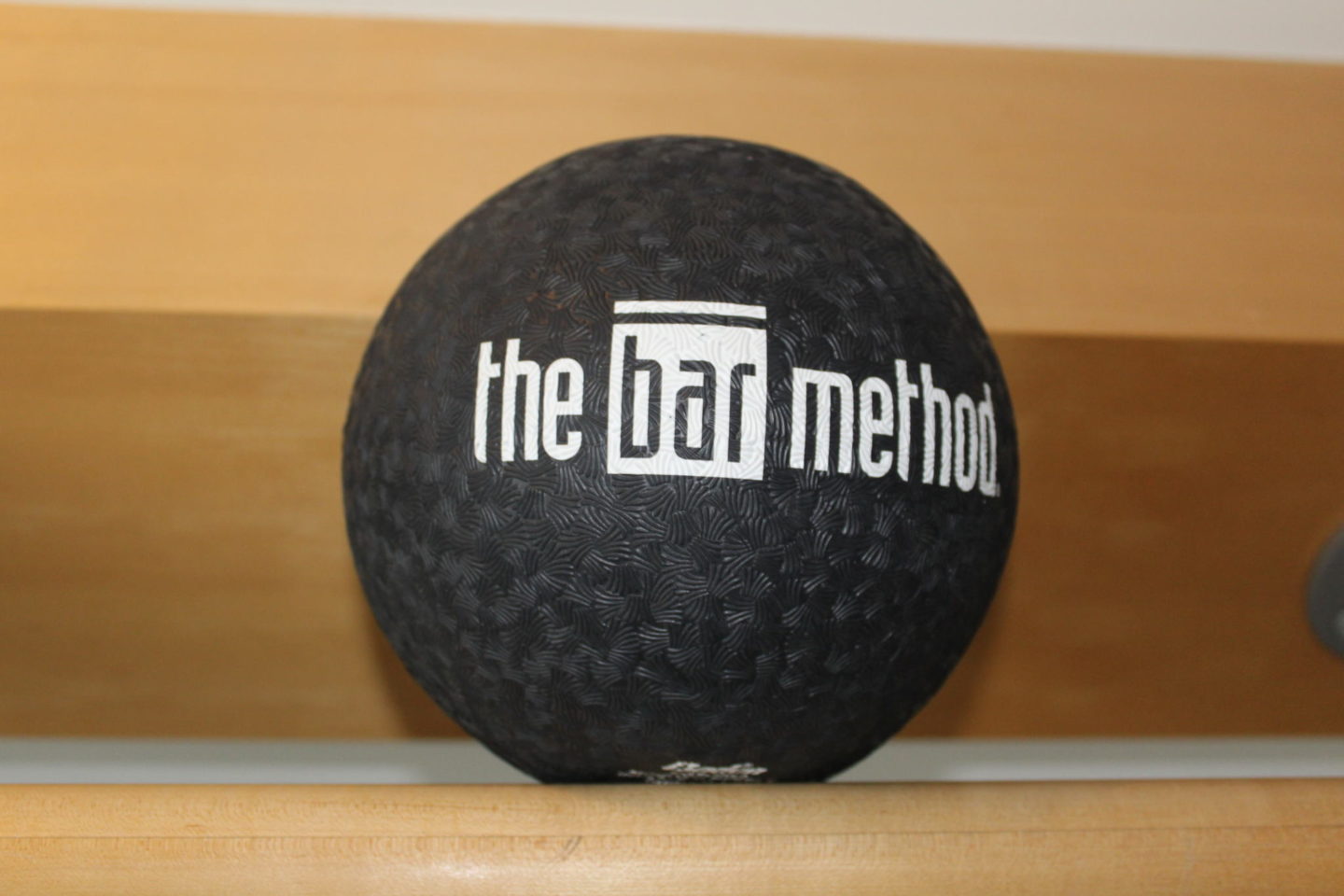
What It Is: Classes at The Bar Method use bodyweight along with a few props—like a ball, two-pound dumbbells and ballet bar attached to the wall—to work the arms, legs and core. Expect to do muscle endurance exercises (e.g., a zillion squats), isometric exercises (e.g., holding a squat forEVER) and various stretches throughout. You’ll feel your muscles burn and maybe even shake.
What You Might Not Know: Bar is a style of workout with multiple brands offering this format (some spell it barre). Relying on just bodyweight and itty-bitty weights makes barre quite different from your average gym workout—listen to the mini podcast I embedded below for insight into whether barre workouts can actually get you all that fit.
As for The Bar Method program specifically, I read on their website that it was created under the guidance of physical therapists, and the instructors go through rigorous training in anatomy and hands-on adjustments. I actually did want to comment on those hands-on adjustments … keep reading.
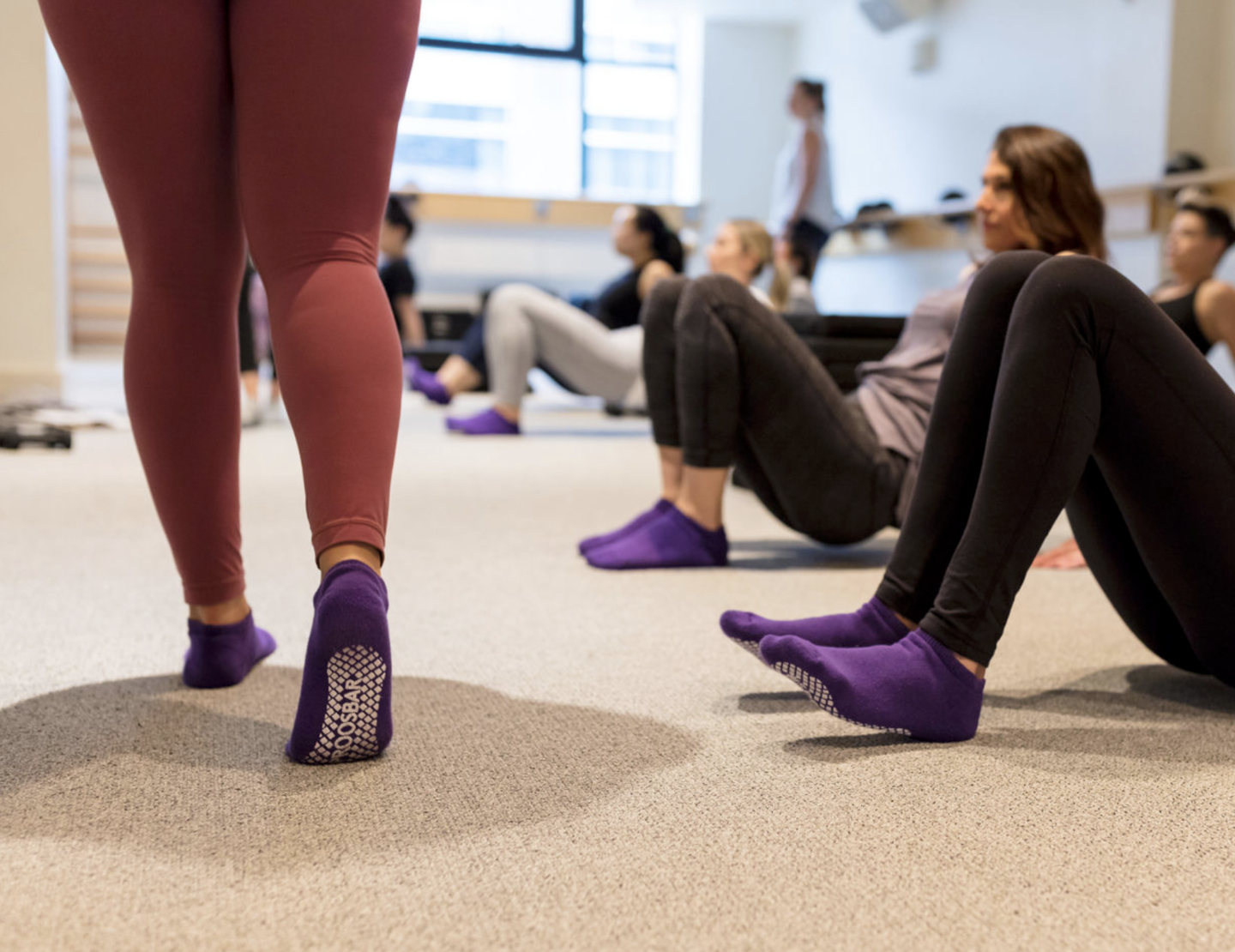
the room making hands-on adjustments.
Feelin’ The Love: As someone who’s used to gym workouts with short sets, heavy weights and rapid-fire interval training, I wasn’t sure this type of moderate class could hold my attention, even though barre training is a hot trend. Turns out, I really enjoyed the change of pace. The exercises were by no means easy—at times my muscles burned from the high reps—but the class in general had an almost chill yoga vibe. The carpeted studio was comfortable and bright with natural light. The instructor was approachable and knowledgable.
I didn’t get a sustained cardio workout (my Apple Watch says my average heart rate was 97 beats per minute), but I loved feeling my muscles being challenged in a new way, especially those smaller ones I don’t always think to target in my own workouts. The next day, my hips were noticeably sore.
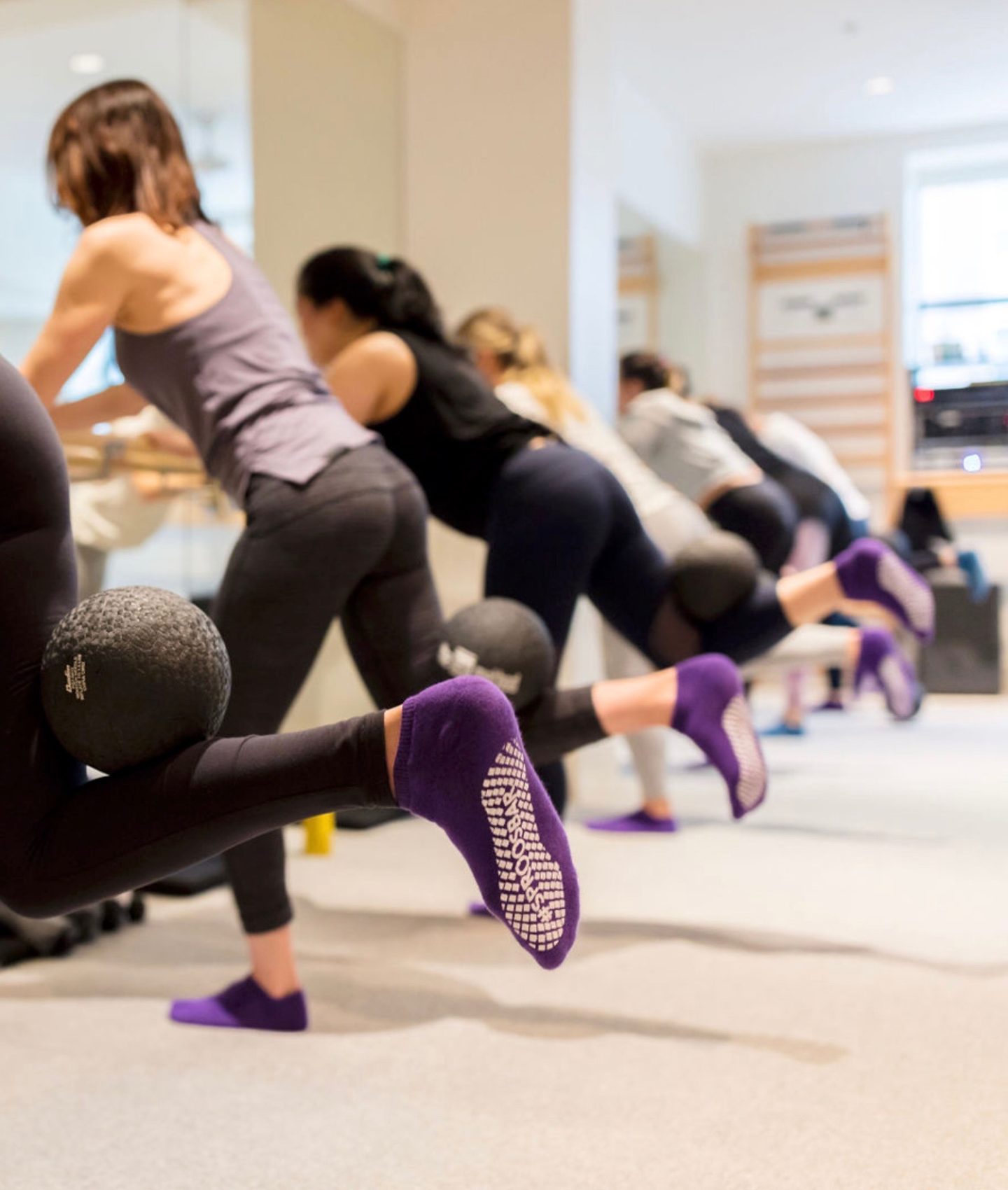
Some exercises seemed to go on for several minutes, which gave me time to ponder how doing all these reps with little or no weight is any more effective (or is it?) than lifting heavier weights for considerably less reps. Plus, time-efficiency! Why not just lift heavier and get it over with in a fraction of the time?
Seeking answers, I reached for my virtual Rolodex of fitness experts (a.k.a. my iPhone) and decided to call my friend and colleague Pete McCall, an exercise physiologist and host of the All About Fitness podcast in San Diego.
He says, “Given a choice between doing a light weight for 30 reps or a heavy one for six reps, the end result is the same as long as the involved muscles reach a moment of fatigue.” OK, then why does barre feel particularly difficult with all that burning and shaking in the muscles? Listen to our six-minute conversation below for the answer and other thoughts on barre training, straight from a prominent exercise physiologist.
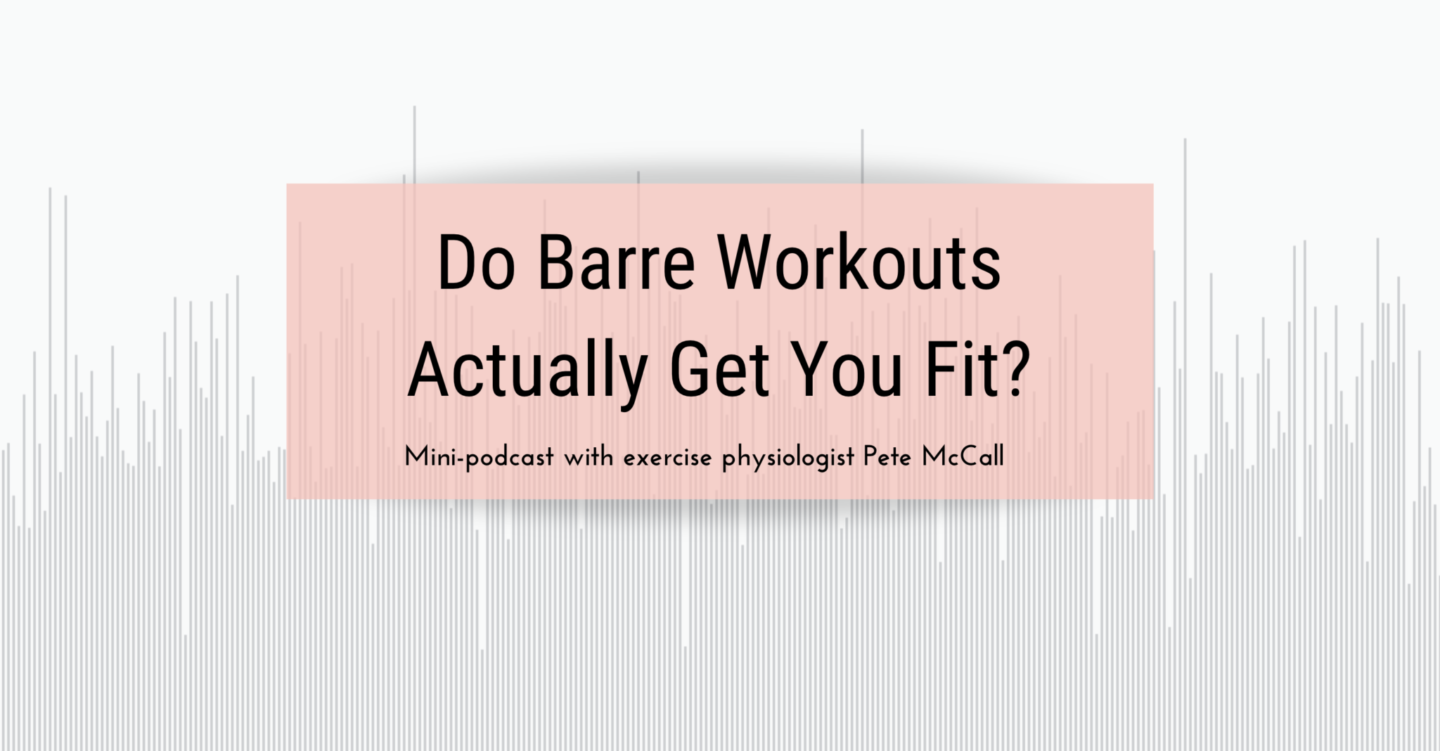
If I Could Change One Thing: Back to the hands-on adjustments … I received a lot of them and found it helpful in the beginning. A lot of the fixes were related to moving a foot, hip or shoulder, like, an inch to the right, left, up or down.
However, the two instructors in the room must have fixed my form a dozen times in the 45-minute class. Since I’ve been teaching fitness for 20 years and work out with a personal trainer once a week, I thought my body awareness was decent enough. By the end of this barre class, I wondered if it actually sucked.
Of course, the intention behind all those corrections was spot-on—the instructors wanted me to receive the best experience and results possible. And in some but not all cases, whatever they wanted me to change made the move better (and harder 😂).
I love all that, buuuuttt as an instructor myself, I’m careful to “pick my battles” when it comes to participant form. As long as no one’s going to hurt themselves, sometimes a slightly askew foot is best ignored if the participant walks out of the room feeling like a champion. You can selectively correct innocuous technique problems over time. I say that with the understanding that some people probably go to The Bar Method because of all the personalized corrections.
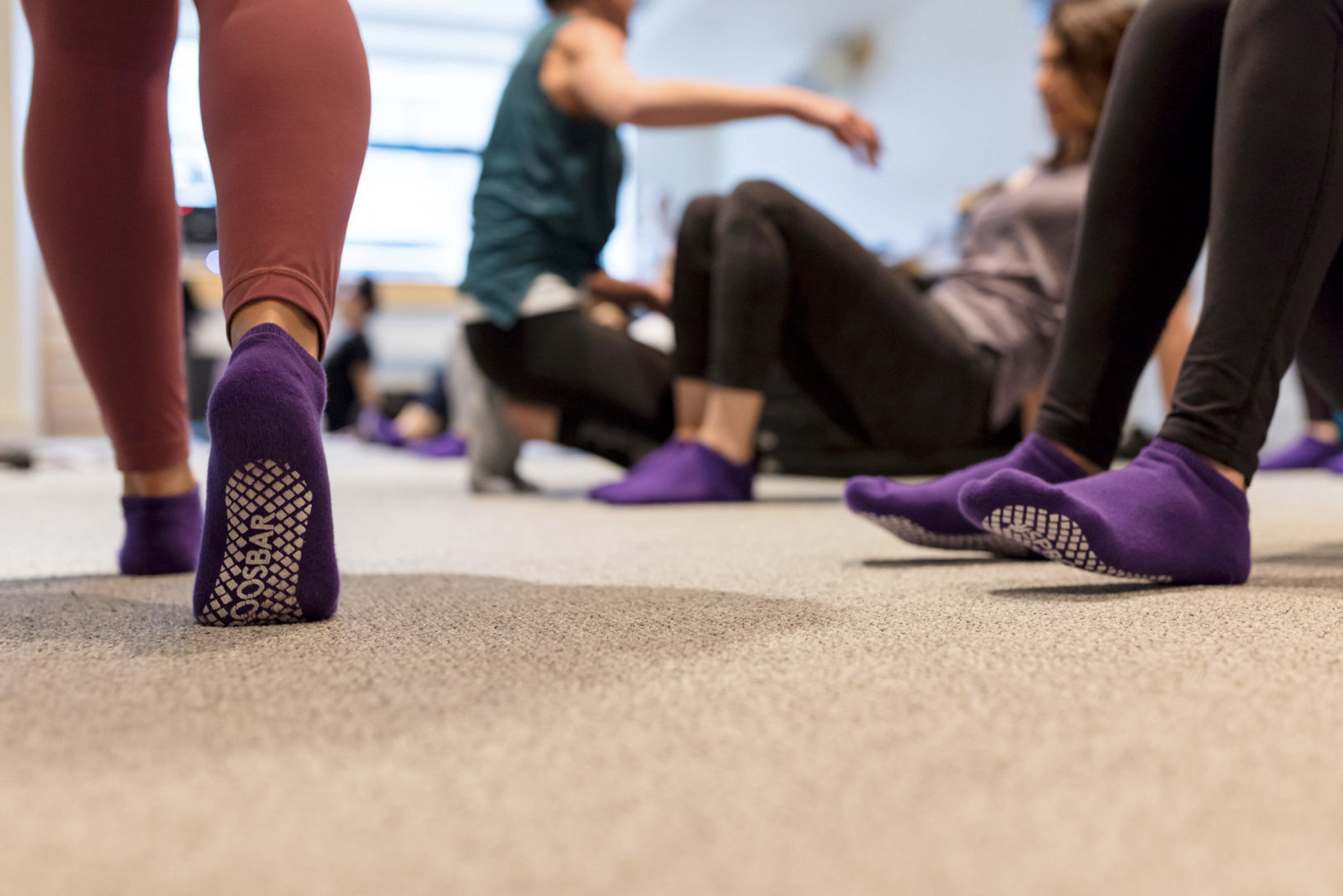
Overall, I still felt physically awesome after class with nicely fatigued and limbered-up muscles. I’m mentioning my thoughts in this review for anyone who might have a similar reaction to the constant corrections but less confidence in their body awareness. My advice: learn from the helpful adjustments and don’t take it personally. Barre workouts in general are based on precision.
Should You Try It? If you’re at all barre-curious, definitely try a class. It’s a different type of workout from what you’ll find at the average gym, and for some people, the atmosphere is far more appealing and less intimidating. Find a location near you at barmethod.com.
Disclosure: I attended this complimentary class at The Bar Method as part of a media/blogger event for Sproos collagen bars and beverages.



